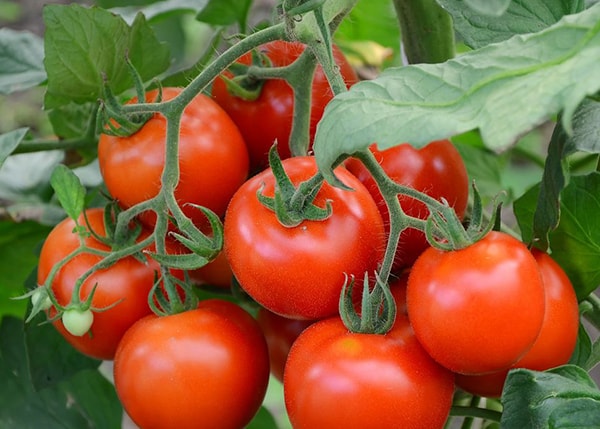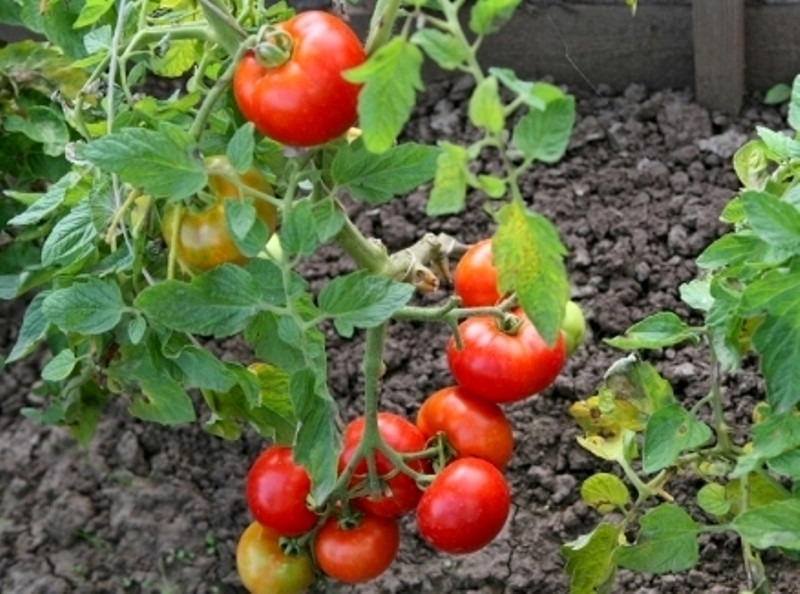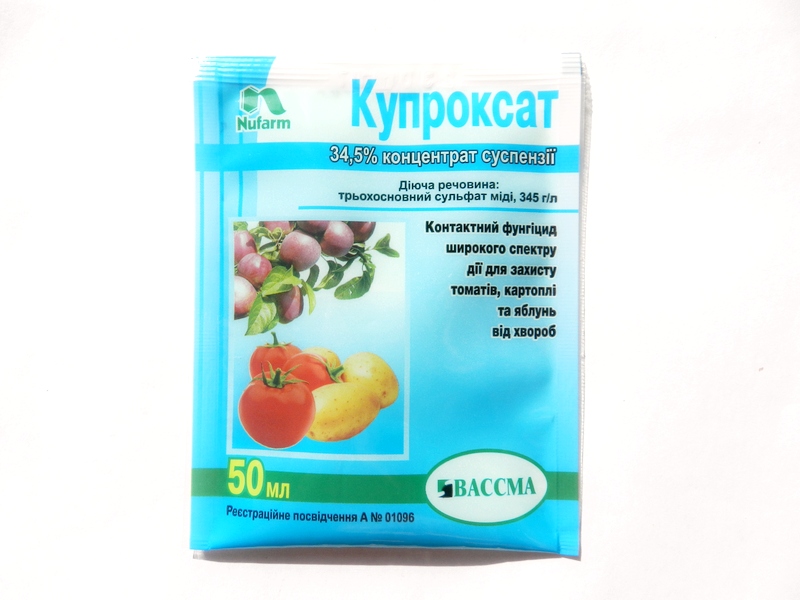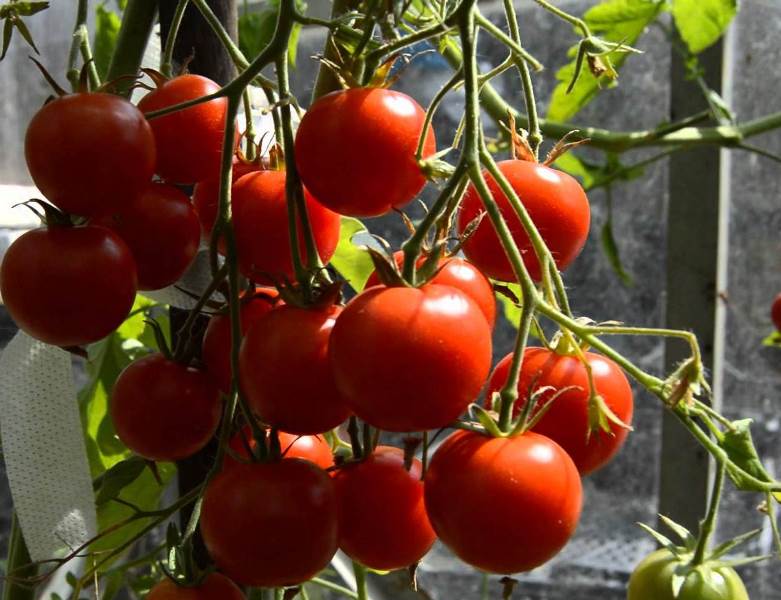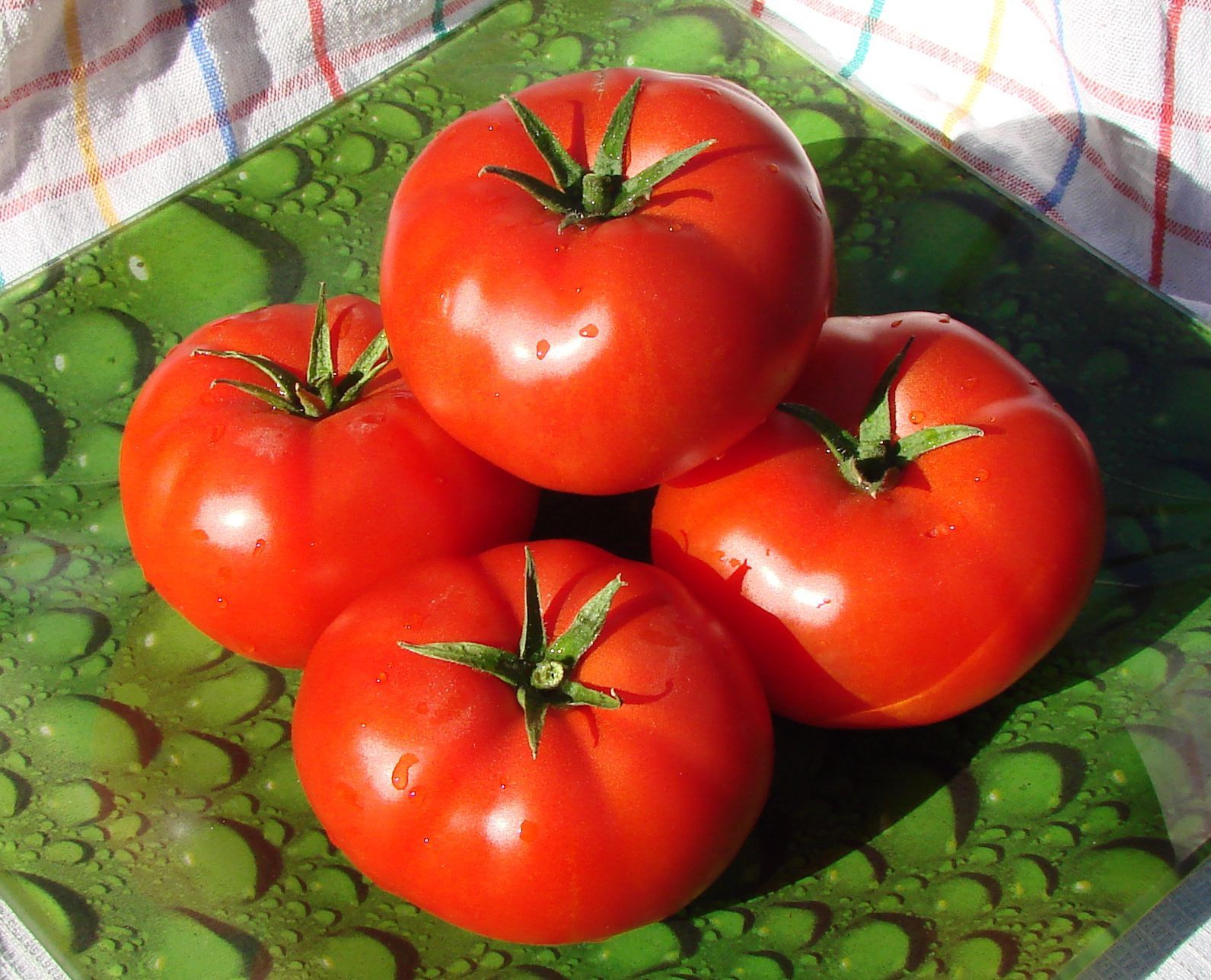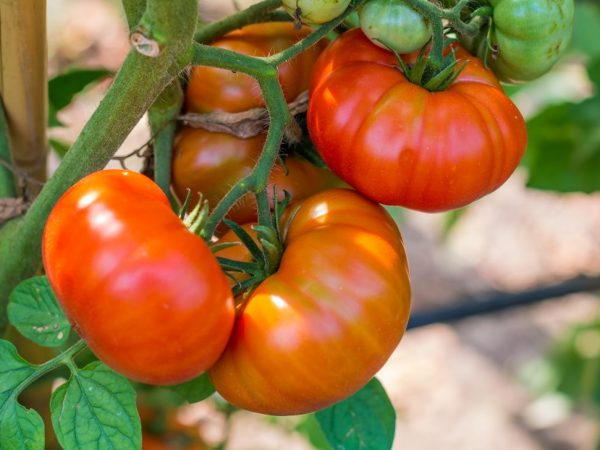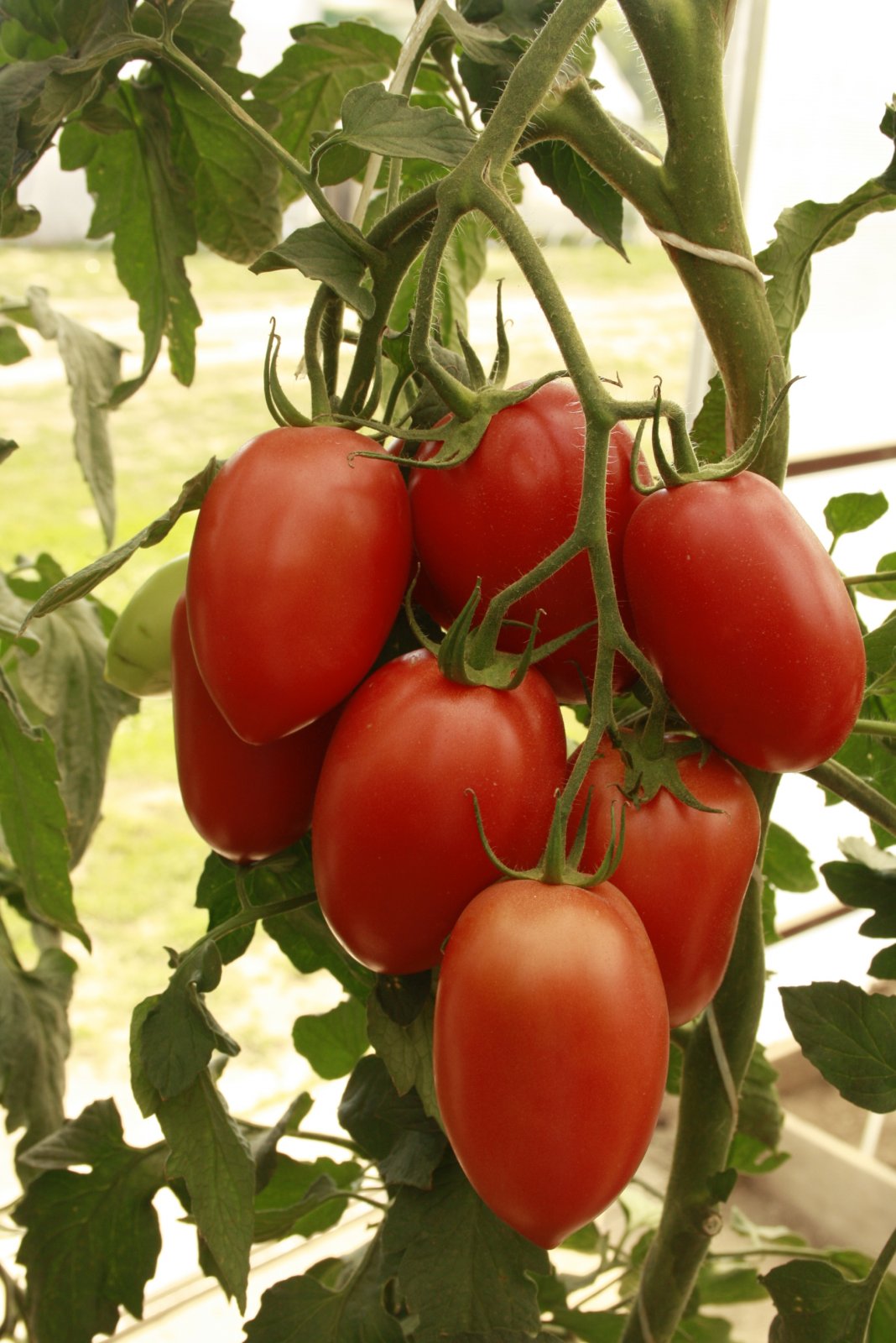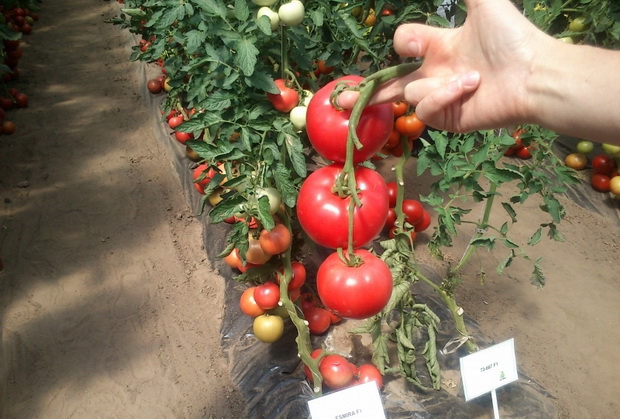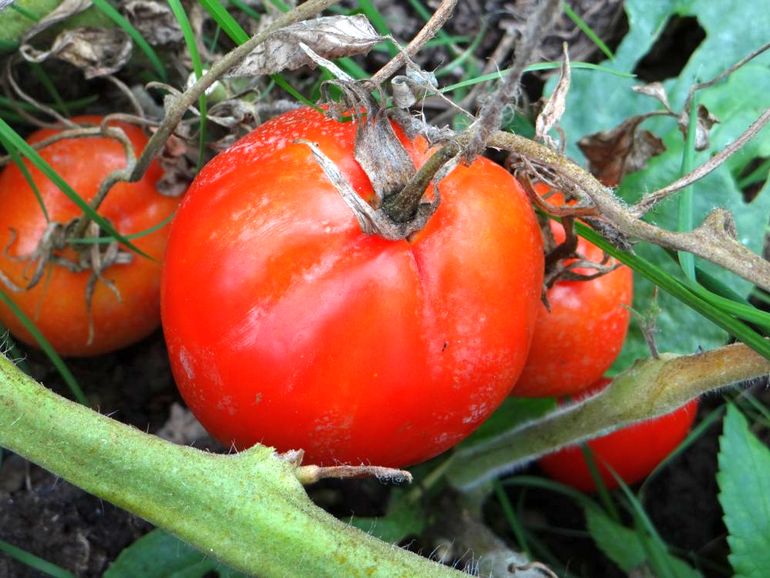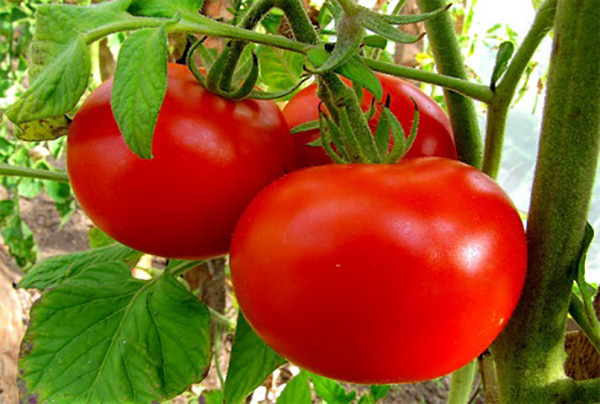Content:
Tomato Summer resident is a determinant early ripening variety intended for growing in open ground in the Central part of Russia, the Urals, Siberia.
History of origin
The Dachnik variety was bred by breeders of the All-Russian Research Institute of Vegetable Growing (headed by NS Gorshkova). The originator of the variety is the Poisk agrofirm.
As vegetable growers note, the Dachny tomato variety is similar to the Sanka variety.
Characteristics and description of the variety
The determinant tomato variety Dachnik was bred specifically for Central Russia, the Urals, the North Caucasus, Siberia. Therefore, it has good frost resistance to spring frosts.
Tomato belongs to early maturing varieties of average yield (up to 3-5 kg per 1 m2). The growing season from sowing seeds to the soil to the beginning of fruiting is 97-115 days on average. Fruiting lasts until early autumn.
When planting seeds in open ground in April-May, flowering begins in June-July. Pollinated by bees. Forms complex inflorescences with 5-10 tomatoes per cluster.
Varietal tomato f1 Summer resident belongs to medium-sized crops. The average height reaches 60 cm. The stems do not grow. Thanks to this property, tomatoes are successfully grown in mini greenhouses and balconies.
The plant is medium leafy. The leaves are dark green.
Fruits are four-chambered, flat-rounded, bright red in color, medium-sized, weighing 60-100 grams. The pulp is firm, sweet, with a slight characteristic sourness.
A feature of the variety is the absence of the need for a garter and removal of stepsons.
Agricultural technology of cultivation
This tomato variety requires fertile, well-lit and moist soil to grow effectively. With an excess of moisture, the risk of developing fungal diseases, root rotting, and the formation of root rot increases.
It is recommended to plant a Summer resident taking into account some of the cultivation features:
- It is not recommended to plant seedlings in soil where the predecessors were potatoes, eggplants, bell peppers. The risk of developing a disease in vegetable crops increases.
- The best predecessors to tomato are legumes, carrots, cabbage, onions, garlic.
- Before planting seedlings, you can add rotted humus, sand, rotted dry foliage to the holes. This contributes to the improvement of the soil composition, its saturation with organic fertilizers, and better tomato growth.
- The optimal planting pattern for seedlings: 40 cm between - plants and 50 cm - between rows. It is recommended to plant no more than 8 bushes per 1 m2.
- Do not sow seeds too early because a sharp transition to the flowering phase is possible, which negatively affects the yield and size of the fruits.
Growing seedlings
Sowing seeds for seedlings is necessary in mid-March.The seeds are pre-soaked in a growth stimulator, then dried on a paper towel and sown in a container with drainage holes specially designed for seedlings. The container is filled with loose soil (soil mixture intended for tomatoes) by 2/3, the seeds are laid out in honeycombs and covered with soil 1 cm from above.It is good to pour water from a watering can with room temperature water.
Then the container must be covered with foil to create a greenhouse effect. To accelerate seed germination, it is recommended to maintain a constant air temperature at 25 ° C.
When the first pair of true leaves appears, it is necessary to pick the seedlings into a container of a larger diameter. It is advisable to plant seedlings in open ground not earlier than mid-May. Before planting, the seedlings must be tempered by taking them out for a short time in the open air or on a terrace.
To get the best yield possible, your plants need careful maintenance:
- Top dressing with complex phosphorus, nitrogen, potash fertilizers 2-3 times.
- Loosening and weeding of beds from weeds.
- Mulching the row spacings with dry hay, straw to reduce the evaporation of moisture from the soil, since when there is a lack of moisture, the fruits crack.
- Regular watering as the earthen coma dries. An excessive amount of moisture has a bad effect on the ripening of tomatoes, rotting of the roots occurs, a deterioration in the taste of the fruit.
- If necessary, the stems can be tied to a stem (wooden stakes) so that the fruits do not touch the ground and do not rot.
- If summer resident tomatoes are grown in a greenhouse (greenhouse), it must be regularly ventilated to prevent overheating of the plants, which can have a detrimental effect on flowering. When the temperature rises above 30 ° C, the flowers become sterile, which has a detrimental effect on the ovary of tomatoes and the harvest.
- For better air ventilation between the plants, you can remove the bottom pair of leaves.
- Cupping of stepchildren in the Dachnik variety can be omitted.
- Regular inspection of plants for the presence of pests, diseases.
Diseases and pests
The main diseases of the tomato Summer resident are:
- Late blight (brown rot) - a fungal disease that develops as a result of sudden changes in air temperature, with high humidity, frequent fogs, dew. It manifests itself as black spots on the stems, which subsequently turn brown and wither. In case of untimely processing, the fruits are affected, which leads to the complete death of the crop. To combat late blight, systemic fungicidal drugs are used, for example, Infinito, Kuproksat.
- Leaf mold (brown spot formation) - fungus damage to leaf plates, stalks, ovaries. At a late stage of the lesion, the upper side of the leaf becomes covered with a brown bloom, which leads to the loss of leaves (ovaries) and the death of the entire plant. For control, fungicides such as Tattu, Consento, Antracop are widely used.
- Vertex rot - a disease of a physiological nature. It develops under unfavorable environmental conditions (strong night temperature drops, deficiency of nutrients in the soil, calcium), non-compliance with the recommendations for planting and planting plants. It manifests itself in the form of small watery spots on the fruits, which eventually acquire a brownish tint. In case of untimely processing, it leads to wilting and falling off of fruits. Spraying plants with a 2% solution of calcium chloride will help to avoid the formation of top rot.
- Alternaria (dry spot)... It manifests itself in the form of the formation of grayish-brown spots on the lower leaves of the plant.Growing rapidly in size, the mottling affects the entire aerial part of the plant, which leads to strong crushing and death of the tomatoes.
Timely spraying with fungicidal solutions, for example, Infinito, Kuproksat, will help to save the plant.
Preventive measures will help to prevent damage to diseases:
- Timely removal of weeds, fallen leaves, cut grass,
- Regular loosening of the soil, weeding of plants,
- Seed treatment before planting,
- Spatial isolation between planting potatoes and tomatoes,
- Moderate watering,
- Alternating planted crops,
- Soil enrichment with organic, potash, phosphorus fertilizers.
The main pests include:
- Colorado potato beetle,
- Spider mite
- Medvedok,
- Slugs.
Benefits of the variety
Tomato variety Summer resident has the following advantages:
- Compact bush size. Due to the small size of the bush, there is no need to tie up the stems to the support and stop the stepsons.
- The ability to grow tomatoes in any conditions, be it open ground, terrace, greenhouse, balcony.
- Resistance to low air temperatures.
- High resistance to diseases such as fusarium blight, apical rot.
- Early ripening of tomatoes.
- Taste qualities of fruits. Ripe fruits are used in salads, pickling, tomato juice is harvested.
- Long fruiting period until early autumn.
- Good yield.
- Shelf life. With proper collection of ripe fruits, storage in the refrigerator for up to 3 weeks is possible.
Thanks to its advantages, the variety has earned the respect and trust of both beginners and experienced vegetable growers.
Disadvantages of the variety
The main disadvantages of tomatoes Summer resident include:
- The variety is a hybrid, which does not allow vegetable growers to independently harvest seeds for further planting.
- Weak immunity to late blight, verticillium, alternaria.
Timely treatment with fungicidal preparations allows you to prevent the disease, as well as get rid of it before spreading to large areas of crops.
Despite the existing disadvantages, the Dachnik variety is one of the most common varieties for cultivation. Summer resident tomatoes and a full agro-technological description of the cultivation and processing of crops allow you to plant and get a good harvest, both in the open field and on the balcony.
